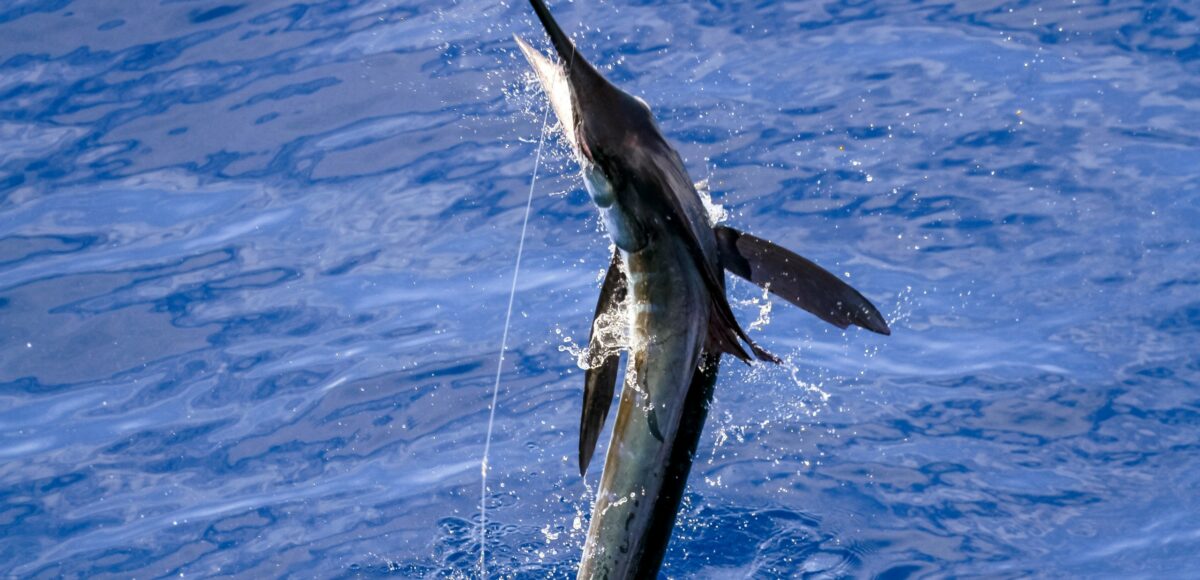Table of Contents
Unraveling the Mystery of the Roundscale Spearfish
While we know more about roundscale spearfish (Tetrapturus georgii) than ever before, many mysteries still remain about the life history, relative abundance and distribution of this valid billfish species. Easily confused with white marlin (Kajikia albida), a roundscale spearfish has been the winning fish in the White Marlin Open and the MidAtlantic. Fortunately, each year we have a better understanding of the characteristics of this often-misidentified species. How to Identify Roundscale Spearfish!
Distinguishing Features How to Identify Roundscale Spearfish
Many anglers, especially in the Mid-Atlantic region of the western Atlantic, understand the physical differences between roundscale spearfish and white marlin. But it is still very difficult to make a positive identification while the fish is in the water. The three consistent disparities that separate roundscale spearfish from white marlin are the position of the vent, the shape of the scales and the length of the branchiostegal (bony elements under the gill cavity).
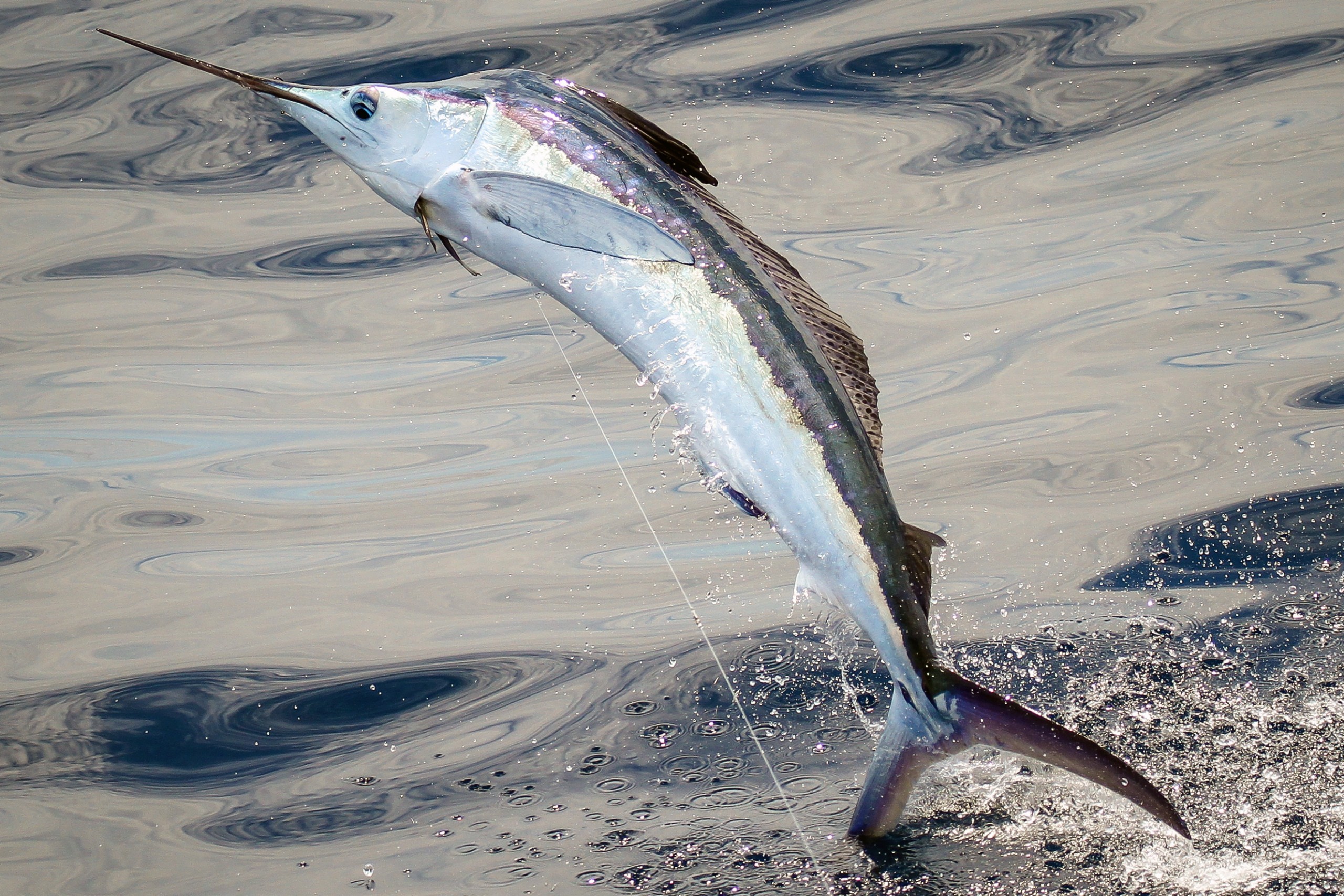
The Three Consistent Differences Between Roundscales and Whites
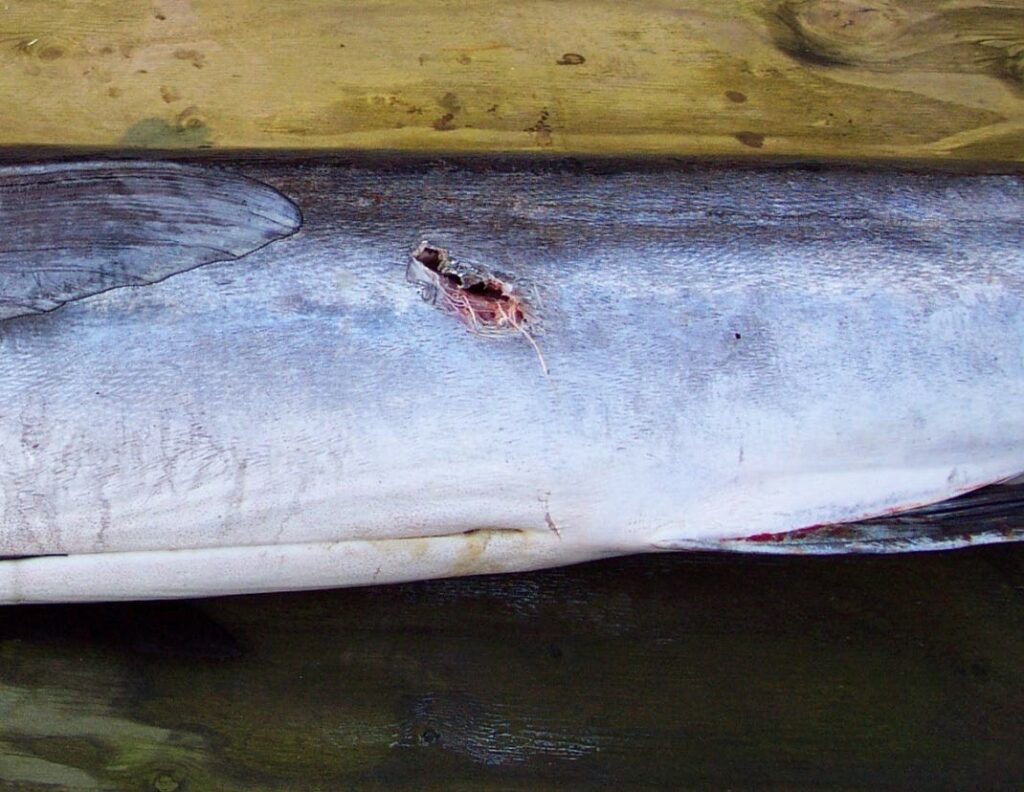
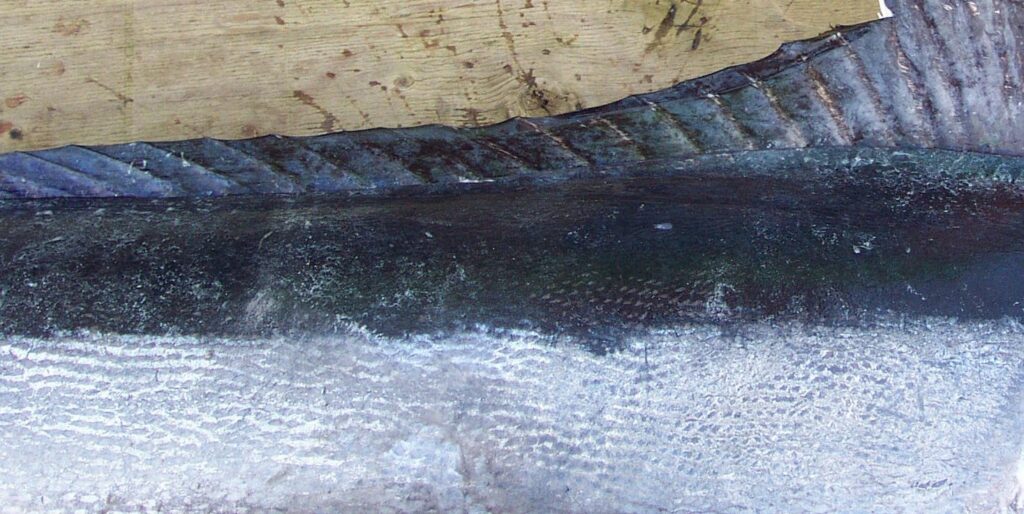

Behavioral Insights and Tournament Classifications
Before the fish is next to the boat, there are other indications that you might be hooked up to a roundscale. After years of ongoing research, Dr. John Graves of the Virginia Institute of Marine Science has noticed that roundscales are typically scrappy fighters that have great coloration and often remain lit up throughout the fight. He has caught several that have charged the boat, which is not common behavior for whites. This by no means is a golden rule but this awareness may have you take a look at the vent position before release or after capture.
Many identify roundscale spearfish as hatchet marlin, referring to the truncated fins that look like they have been cut by a hatchet. Some white marlin have truncated fins, but almost all roundscale spearfish have truncated dorsal and anal fins. On the scales, true white marlin tend to be a bit heavier at a given length than roundscale spearfish.
As it is very difficult to make a positive identification with the fish in the water, both the MidAtlantic and the White Marlin Open tournaments consider hatchet marlin/roundscale spearfish as white marlin, which covers the legal issue. This is what been done unintentionally in the past. The good news is it seems both the white marlin and roundscale fisheries are on the rise.
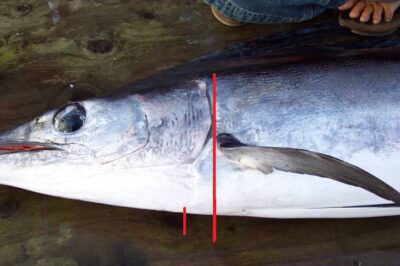
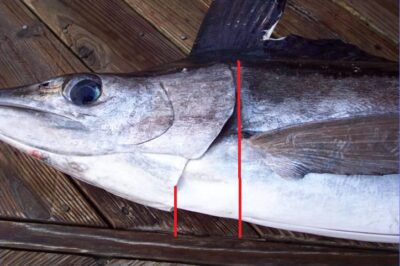
Conservation Efforts and Their Impact
The past few years we have seen some remarkable catches of white marlin along the U.S. Mid-Atlantic coast. Many veterans who have fished these waters for 40+ years are reminded of the good old days. Some boats have release 50+ white marlin in a day! What accounts for the change? Dr. Graves thinks it could be three things.
First, ICCAT requires release of all live white marlin taken on longline gear. More than half of the animals are alive at the time of haul back and studies with satellite tags show that the vast majority of fish released alive from longline gear survive. On a more local level, the U.S. longline fleet in the Atlantic has decreased in size, resulting in fewer hooks in the water. Finally, the move to circle hooks in the recreational fishery has had a big impact. With standard J hooks, post-release mortality of white marlin in the recreational fishery was about 35%.
With circle hooks it is less than two percent. Think of the impact of some of the major white marlin tournaments that can release more than 1,000 white marlin a year. Larger fish showing up on the scales is also a sign of reduced fishing pressure. Bigger fish landed suggests the likelihood of fish reaching an older age, which could mean a decrease in mortality.
Many questions remain about roundscale distribution and life history. Longline data suggests that roundscales may be more pelagic than white marlin. They appear to be widely distributed in the western Mid-Atlantic in the summer but abundant in the Sargasso Sea during winter months, suggesting a seasonal movement. Brazilian longline vessels have caught roundscales in the open ocean along the western equatorial region of the Atlantic, but what happens in between these two regions of the Atlantic remains a mystery”just like the fish itself!
Don’t Forget to Check Out Our Sportfishing Job Board! Did You Know? It’s the perfect platform for seeking skilled captains and mates. Whether you’re on the hunt for your dream team or looking to join one, your next big adventure begins here. Explore the opportunities now! Click Here
Dive Deeper into the World of Sportfishing
Unlock Exclusive Savings: Enjoy 50% Off Your Subscription!
Are you ready to explore the thrilling world of sportfishing from the comfort of your home? Subscribe now and embark on a journey filled with captivating stories, expert insights, and insider tips. Choose between our digital or print edition and secure an incredible 50% discount on your subscription.
Subscribe today and get ready for an adventure like no other. Click here to subscribe and elevate your sportfishing experience with InTheBite Sportfishing Magazine.






